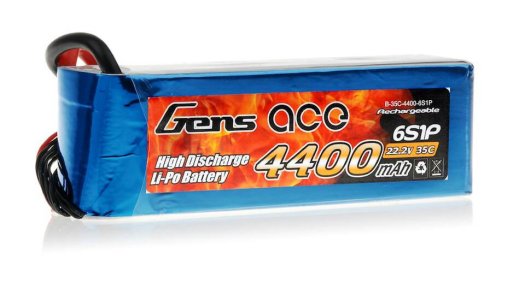Most humans cannot tell whether a display is objectively well calibrated or not. They can't even do it when looking right at the device next to another device that they know is or is not well calibrated. They can guess which one they think is better, but even then they can't describe WHY it is better or worse. And then they don't know if what they perceive as better or worse is actually measurably better or worse. And that's looking right at the display.
In this video, we're looking at the display through a different display with its own calibration (have you checked your monitors against industry stanards?) on video of unknown quality filmed with a device that has a lens and software that changes the images, including the color.
There could be no worse way to guess the quality other than just throwing a dart at 17 dart boards and hoping you hit the actual values of the saturation and color levels on each respective board. Even if you're a world champion dart player, you don't even know what exactly it is that you're aiming for.
In this video, we're looking at the display through a different display with its own calibration (have you checked your monitors against industry stanards?) on video of unknown quality filmed with a device that has a lens and software that changes the images, including the color.
There could be no worse way to guess the quality other than just throwing a dart at 17 dart boards and hoping you hit the actual values of the saturation and color levels on each respective board. Even if you're a world champion dart player, you don't even know what exactly it is that you're aiming for.




